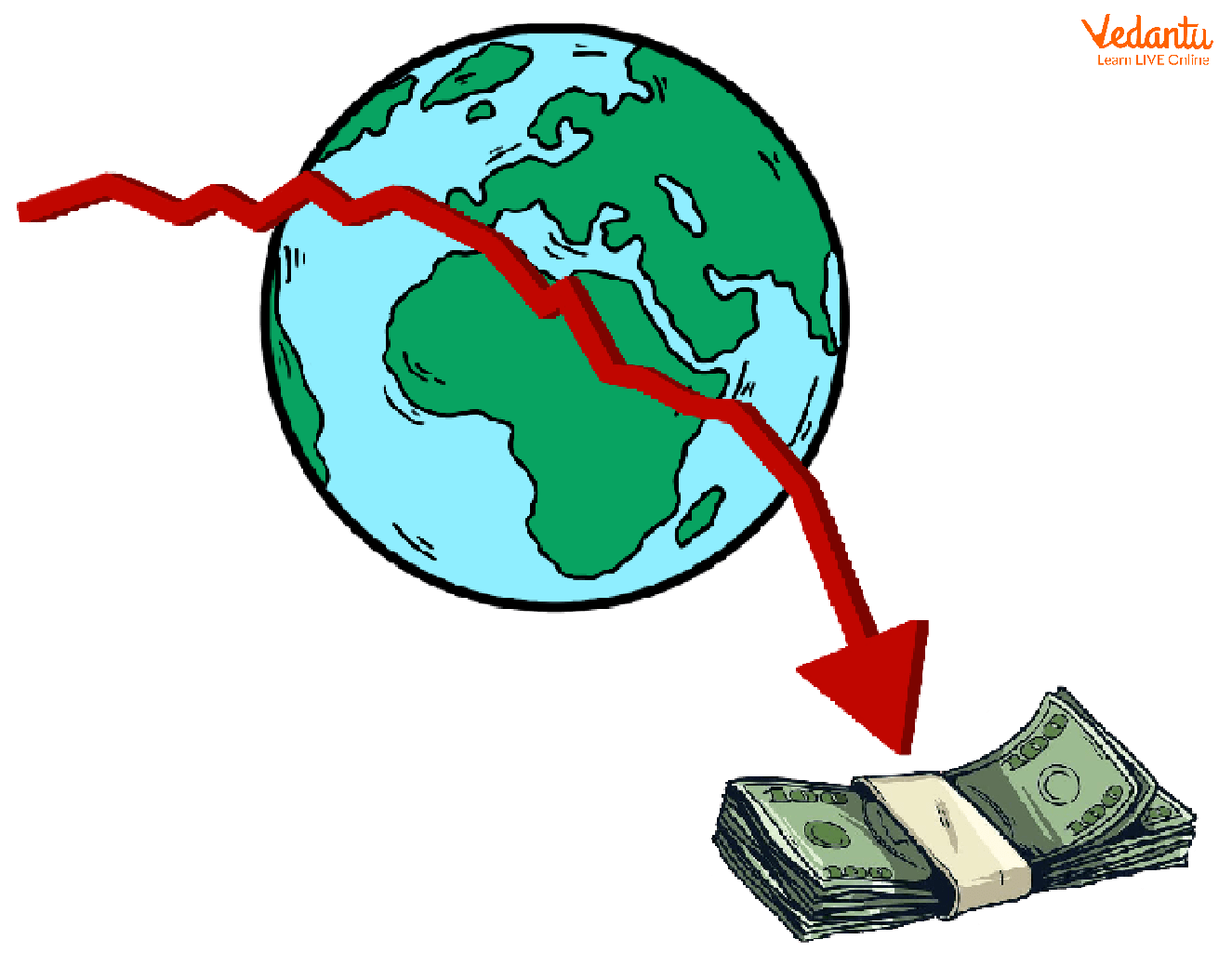




What is a Bailout?
A bailout is a term which refers to extending financial support to a company or a country which is facing a potential threat of bankruptcy. The need for a bailout arises due to financial crises or national emergencies which affect the country or certain industries. The reason to be loud is to provide support to the government for industries which may be affecting millions of people and can be on the verge of bankruptcy because of the financial crisis. The bailout is a given to overcome the economic condition.

Bailout
Financial Industry Bailout
During the global financial crisis of 2008, the government of the United States offered one of the most massive bailouts in history. It was given to rescue the financial institution from the loss in the subprime mortgage market, which further resulted in the credit crisis. It is also referred to as the congress financial crisis. The bailout was granted in the form of the Emergency Economic Stabilisation Act of 2008, which created the troubled asset relief programme for allowing the US treasury department to spend $700 billion for purchasing toxic assets from the balance sheet of the financial institutions. The bailout by the government was provided to overcome the congress financial crisis or the sub-prime crisis.

Global Financial Crisis
Government Financial Bailout
It is a situation where the government lends or pays money to save a company or an industry from the verge of bankruptcy. It is done to overcome the situation of the financial crisis and to revamp the economic conditions. These are the companies that have an influential market share and need a capital injection to overcome the crisis. For bailouts, it is not necessary for the failing company to repay the amount which is lent to them. Also, interest-free or interest-bearing repayment may also be made possible.

Financial Crisis
Amazon Bailout Future Retail
In 2019, Amazon invested 200 million dollars in the future group for a stake of 9.82% in the retail business. In this deal, a non-compete clause forbids the Future Group from selling its retail asset to any other firm. But during the Covid pandemic, Future Group was affected badly and decided to sell some of its assets to Reliance Retail. This led to the issue being approached by the court. Later, Future Retail was made available by the financial support of Rs.7000 crore as a bailout lower than Reliance Industries Ltd's offer. But Future Retail formally rejected this offer as it said that there was no clarity on when this bailout will come.
Conclusion
A bailout which is also known as capital injection is the financial support given to overcome stressed financial obligations. The bailout is given to overcome any substantial jump in the economic condition. The complete collapse of the financial system can be avoided by means of a loud and insolvent situation. However, anticipated financial bailouts can encourage a moral hazard by encouraging people to take more risks in financial transactions because they are well aware that when things go wrong, government financial bailouts will help them to support and help them meet their obligations.
FAQs on Government Financial Bailouts Explained
1. What is a government financial bailout and why is it considered necessary?
A government financial bailout is the act of providing financial support, such as loans, bonds, or stock purchases, to a company or industry that is on the verge of collapse. It is considered necessary to prevent the failure of entities deemed 'too big to fail'. The primary goals are to avert a wider economic crisis, prevent massive job losses, maintain stability in the financial system, and restore public confidence in the economy.
2. What are the main positive and negative consequences of a government bailout?
Government bailouts have both significant positive and negative consequences.
- Positive Consequences: They can prevent systemic collapse, stabilise financial markets, protect consumer savings, and save millions of jobs, thereby mitigating a potential recession or depression.
- Negative Consequences: They can create a 'moral hazard', where companies take excessive risks believing they will be rescued. Bailouts are also expensive for taxpayers, whose money is used to save private firms, leading to public resentment and questions of fairness.
3. Can you explain the difference between a government 'bailout' and a 'bail-in'?
The key difference lies in the source of funds used for the rescue.
- A bailout involves injecting external funds, typically from the government (i.e., taxpayer money), to rescue a failing institution.
- A bail-in, on the other hand, uses the institution's own resources. It forces the company's creditors and depositors to bear some of the burden by converting their debt into equity, effectively recapitalising the firm from within without direct taxpayer support.
4. How does a government bailout create a 'moral hazard' for large corporations and banks?
Moral hazard occurs because the expectation of a future bailout can alter behaviour. When banks or corporations believe they are 'too big to fail', they may be incentivised to take on excessive risks (e.g., speculative investments, high-leverage loans) for higher profits. They know that if these risks lead to huge losses, the government is likely to intervene to prevent a wider economic crisis, effectively socialising the losses while the profits remain private. This practice discourages prudent risk management.
5. What are some prominent examples of government financial bailouts?
One of the most famous examples is the 2008 Global Financial Crisis, where the U.S. government bailed out major financial institutions like AIG and large banks through the Troubled Asset Relief Program (TARP). In the Indian context, the government and RBI have orchestrated rescues for institutions like Yes Bank and the Infrastructure Leasing & Financial Services (IL&FS) to prevent shocks to the financial system.
6. What is the 'twin balance sheet problem' and how does it relate to the need for bailouts in an economy?
The twin balance sheet problem describes a scenario where two major economic sectors are under severe financial stress simultaneously. In India's case, this refers to:
- Over-leveraged corporate balance sheets, meaning companies have too much debt and cannot invest or repay loans.
- Stressed bank balance sheets, burdened by a high volume of Non-Performing Assets (NPAs).
7. Why would a country seek a bailout from the IMF instead of managing a crisis internally?
A country typically seeks a bailout from the International Monetary Fund (IMF) when it faces a severe Balance of Payments (BOP) crisis. This is different from a domestic bailout of a single company. A BOP crisis occurs when a country lacks sufficient foreign currency reserves to pay for its essential imports or service its foreign debt. Internal measures are insufficient in such cases. The IMF provides emergency loans to restore stability, but these funds often come with strict policy conditions, such as structural reforms. India, for example, sought an IMF bailout in 1991 to manage its BOP crisis.























